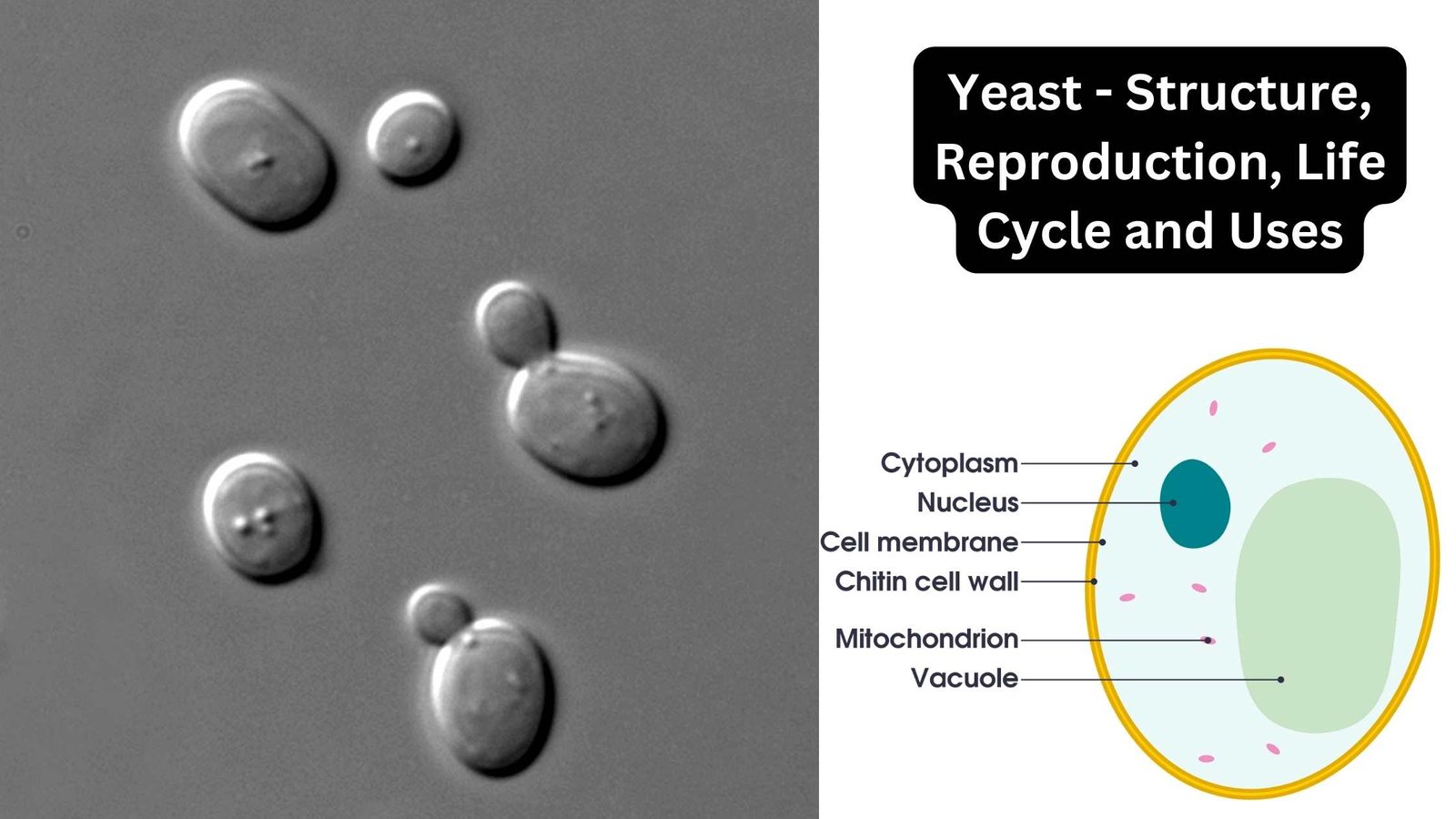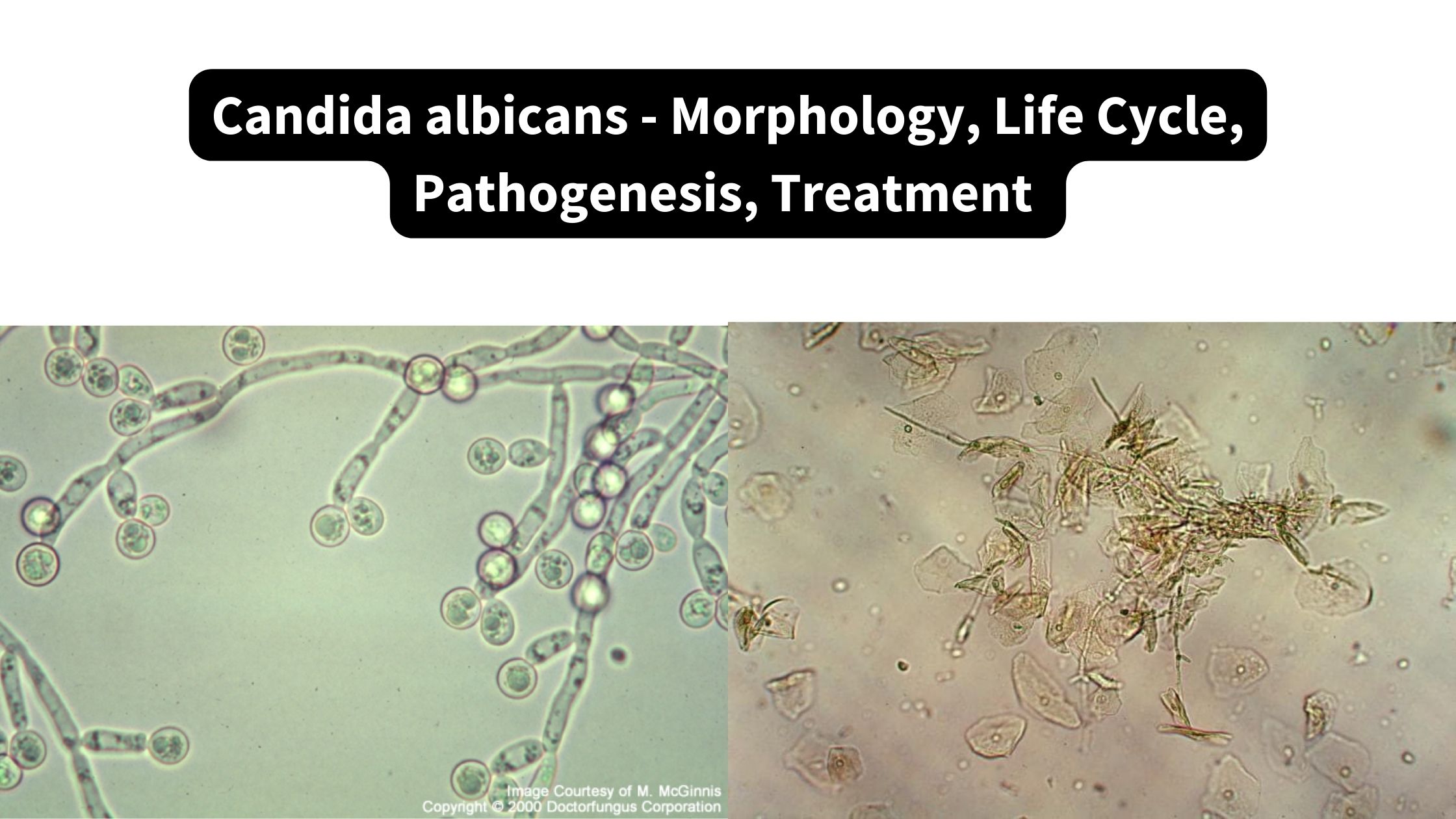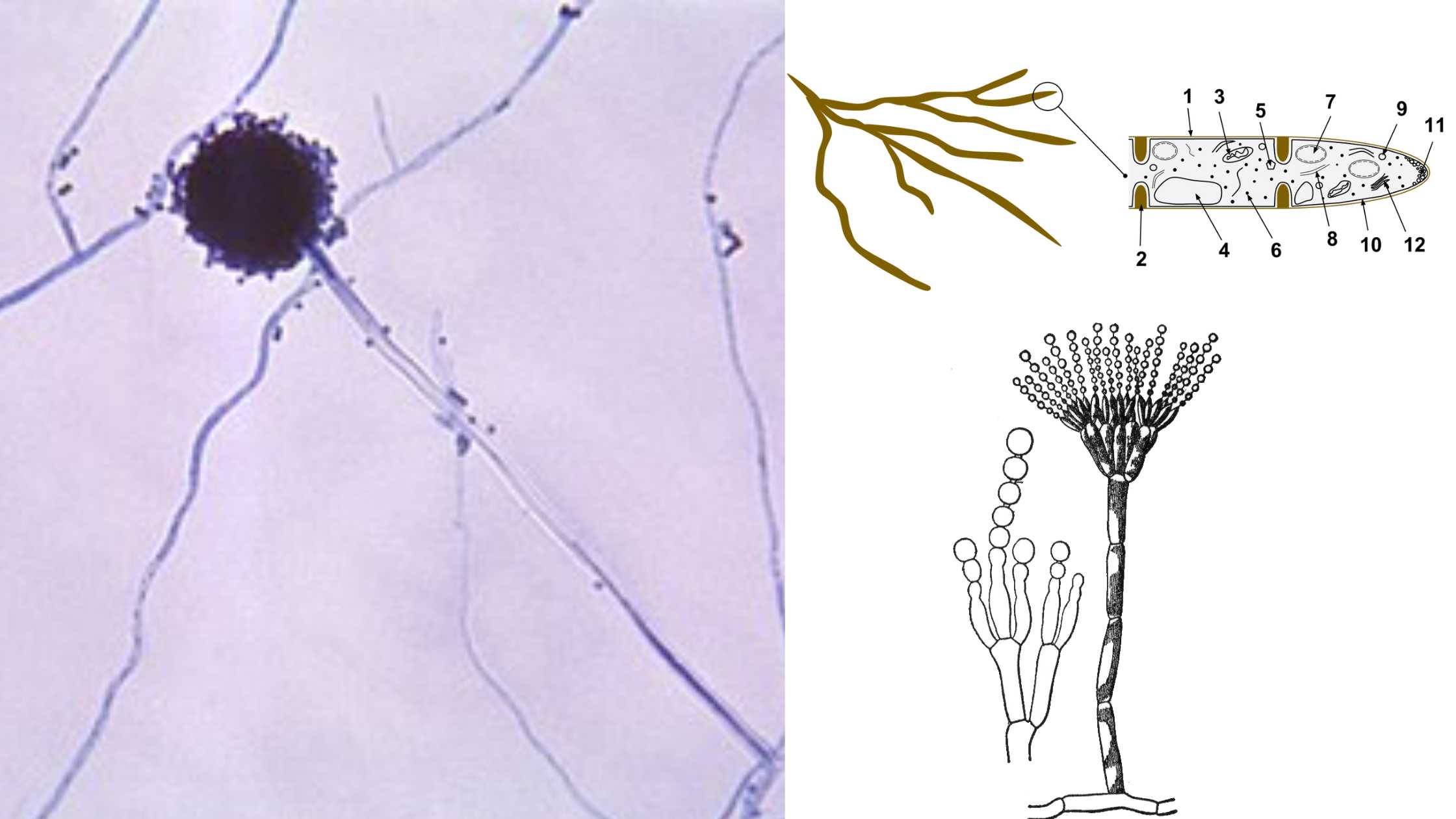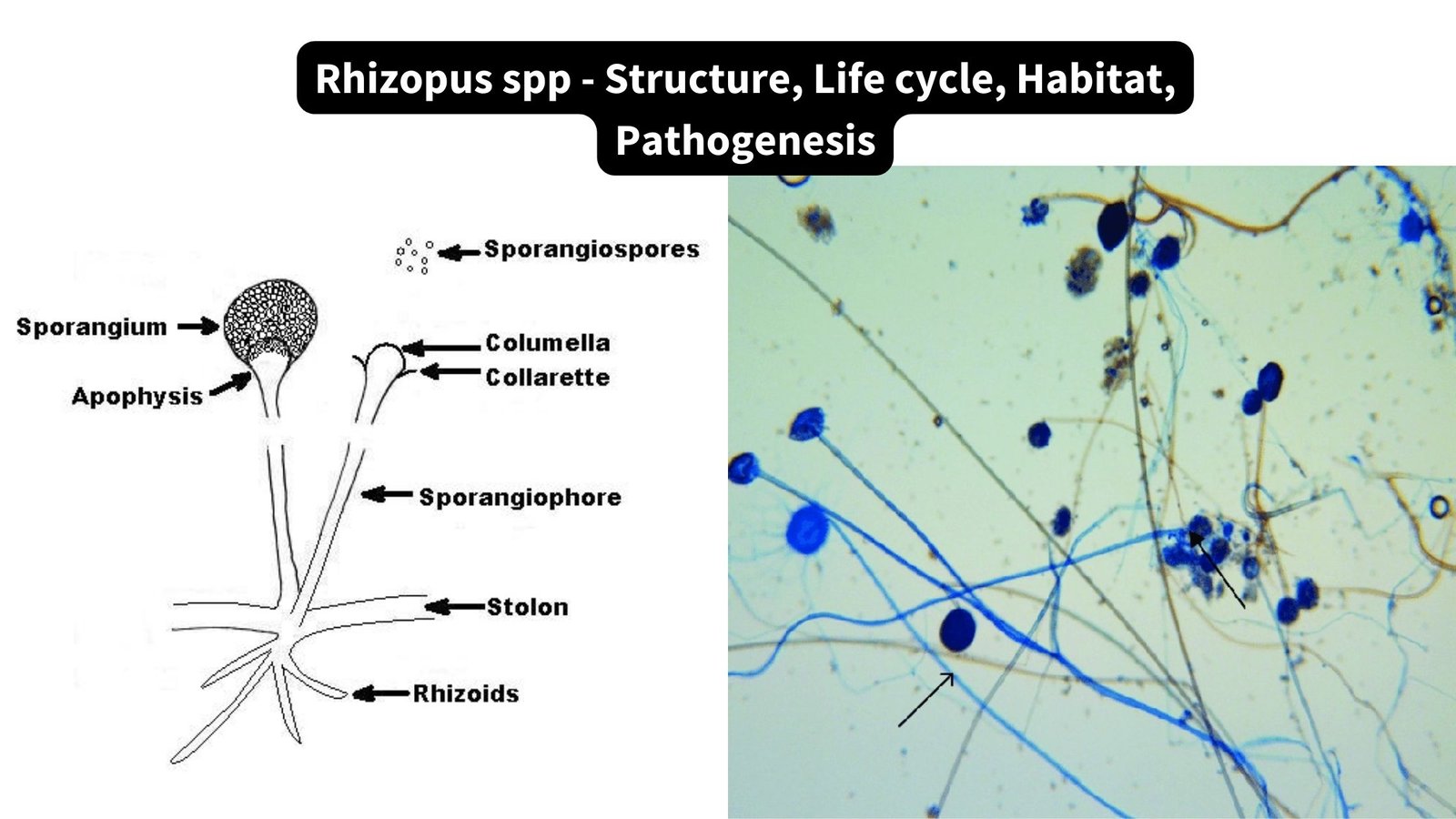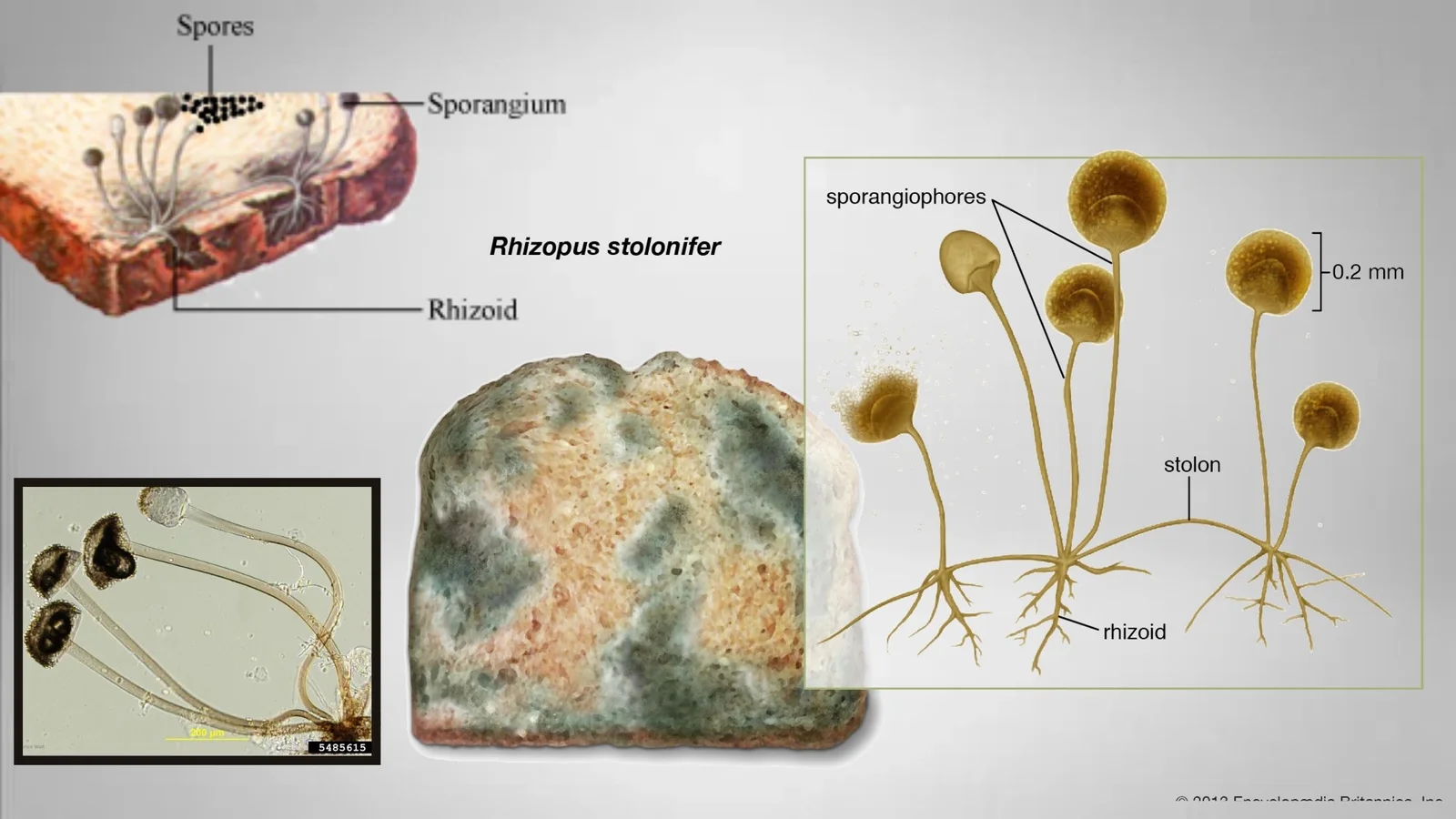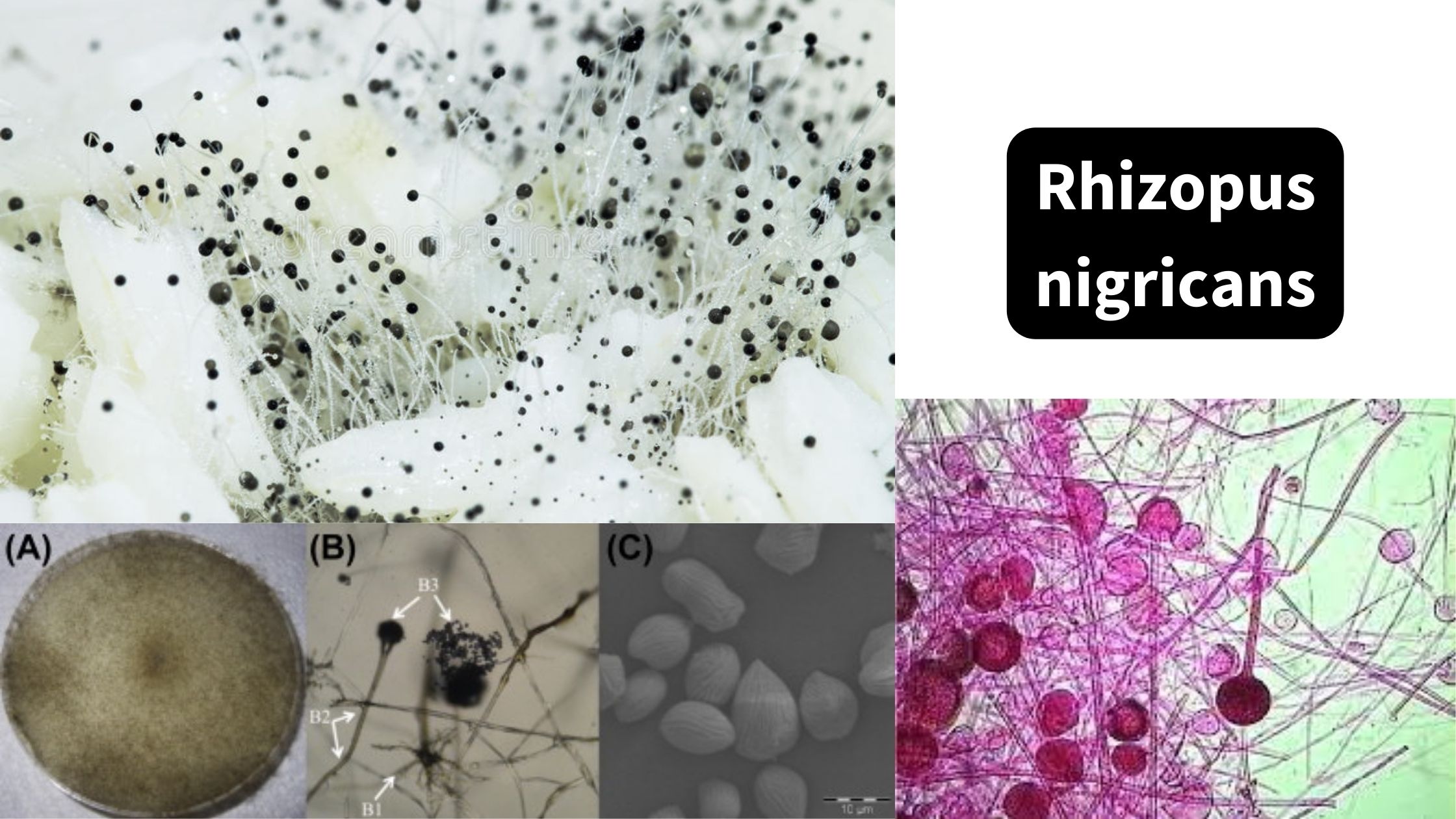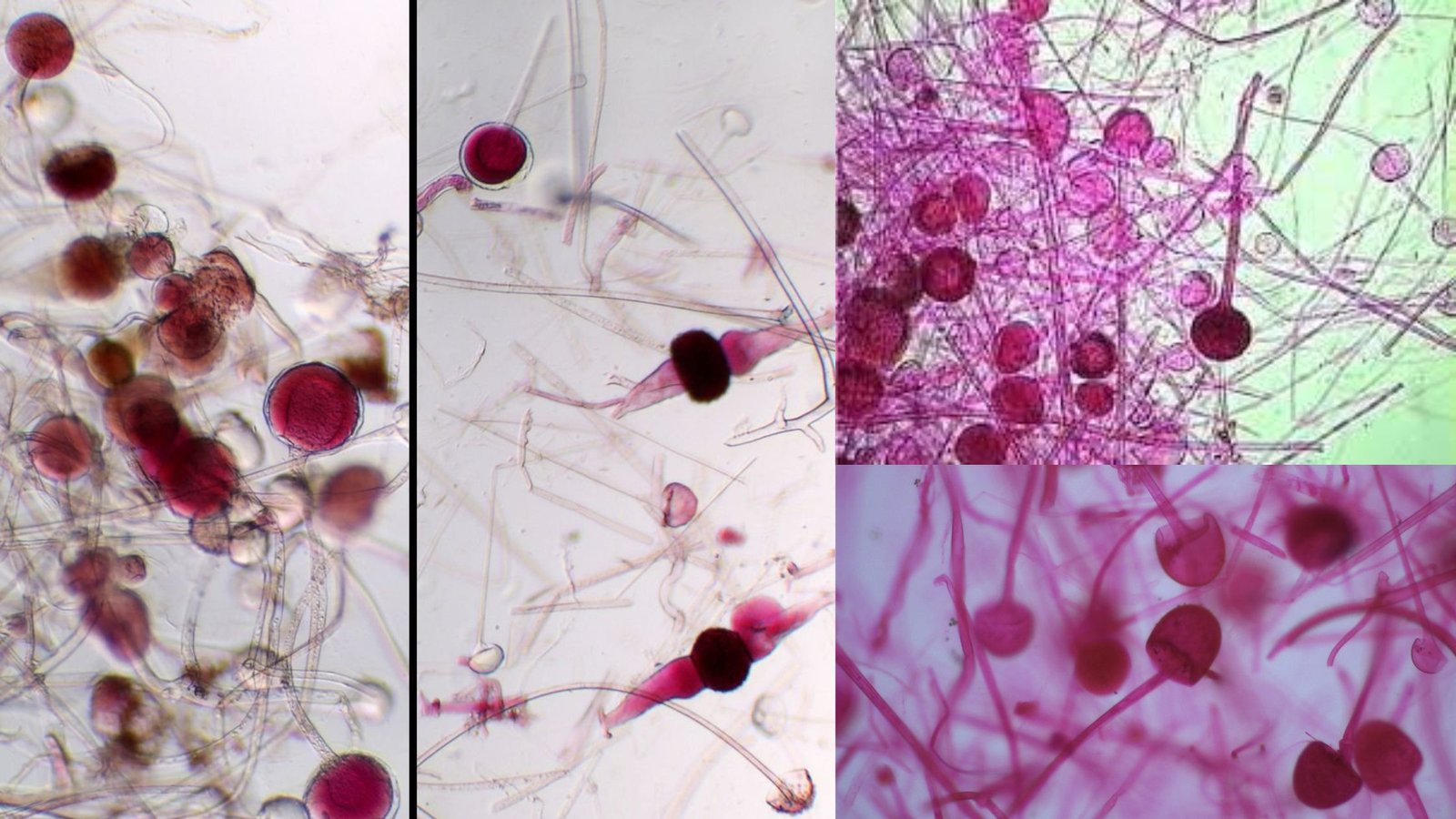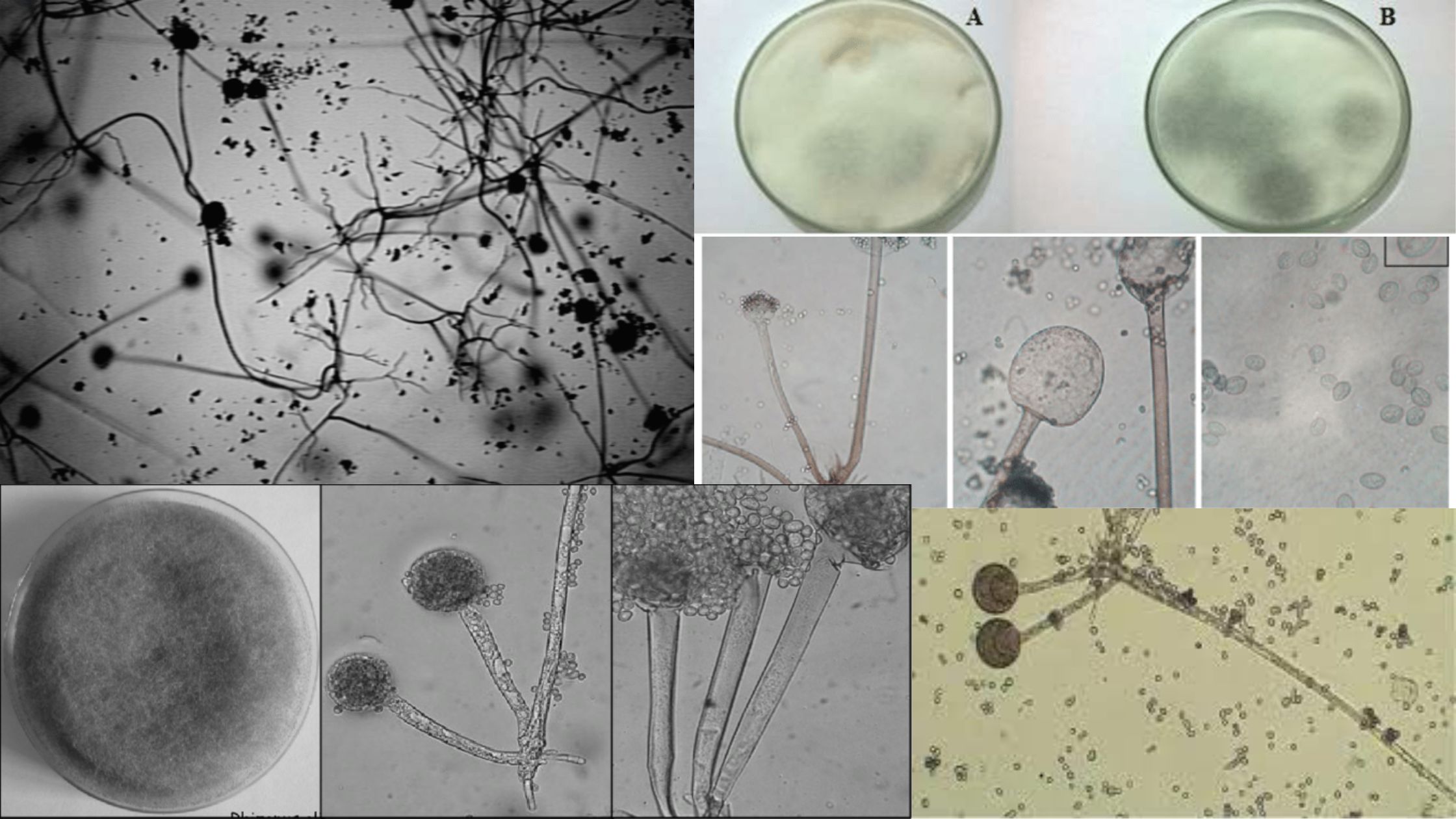Yeast – Structure, Reproduction, Life Cycle and Uses
What is Yeast? Definition of Yeast Cell A yeast cell is a single-celled, eukaryotic microorganism belonging to the fungus kingdom, characterized by its ability to ferment sugars into alcohol and carbon dioxide. It is widely used in baking, brewing, and biotechnological industries. Yeast cells vary in size and shape, reproduce mainly asexually through budding, and … Read more
